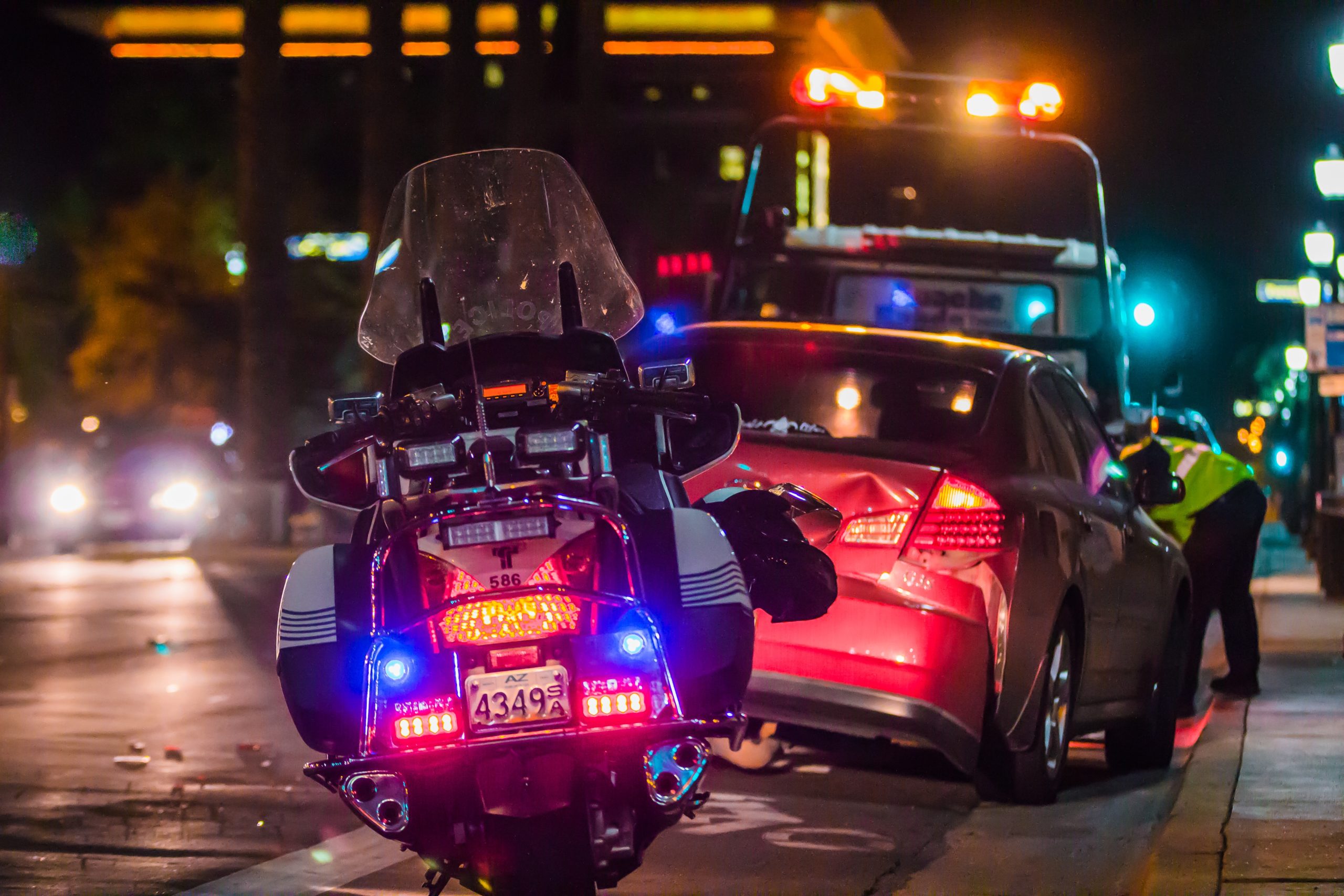What to Do After a Hit and Run Accident

While state laws impose harsh criminal penalties on anyone who leaves the scene of a car accident without waiting for law enforcement to respond, some drivers nevertheless flee from responsibility after getting in a collision with another car. Unfortunately, if you sustained serious vehicle damage and/or personal injuries as a result of a “hit and run” accident, your options for financial recovery may be somewhat limited if you do not know who actually hit you.
In light of that, it can be important to know in advance what to do after a hit and run accident, just in case you ever need to put that knowledge into practice after an unexpected accident. Here are some things to focus on that could help you strengthen a potential insurance or personal injury claim, and which a seasoned car accident lawyer could assist with in many circumstances.
Try to Identify the Driver Who Left the Scene
Although police officers often respond quickly to auto accidents once someone reports them by calling 911, law enforcement authorities often have difficulty catching up to hit and run drivers immediately after wrecks, if they even arrive in time to attempt doing so. Instead, identifying a hit and run driver—if it happens at all—usually involves tracking down a driver based on identifying details noted by people involved in the wreck and nearby witnesses.
If another driver flees the scene after hitting your car, try to write down every detail you can remember about their vehicle, including the make and model, the color, any notable features, and anything you saw of their license plate. Once the police arrive, you should provide them whatever information you were able to recall, and ideally solicit information from pedestrians and other drivers who may have seen the incident occur.
In many cases, it may be worth checking with nearby shops and businesses as well to see if they have any external security cameras that may have caught the accident in progress. Finally, it is often crucial to take several photographs of the damage to your vehicle and the surrounding environment, as these may serve as important evidence for both insurance claims and a potential civil lawsuit.
Seek Immediate Medical Attention
Once law enforcement personnel clear you to leave the scene, your next move should be to immediately go to a hospital and get a formal evaluation from a qualified medical professional. This is essential even if you feel fine after your accident—many types of injuries, especially those to the head and neck, may not manifest symptoms until hours or even days after a wreck, so you should always check in with a doctor to make sure nothing is wrong. If you did get hurt, official documentation of the harm you sustained will play a key role in ensuing insurance negotiations and/or civil litigation.
Discuss Recovery Options with a Qualified Car Crash Attorney
If you have uninsured motorist insurance, your insurance company may cover losses stemming from a hit and run accident even if you are never able to determine who else was involved in the incident. If you do not have that type of coverage, you still should be able to file a claim so long as you have sufficient evidence to prove you were not at fault for the wreck.
Finally, if you are able to figure out who hit you, you may be able to seek recovery through their insurance policy or by filing a personal injury claim against them, regardless of whether they face criminal charges for their actions or not. An experienced car accident lawyer could discuss all these options and how you could potentially take advantage of them during a private consultation.













